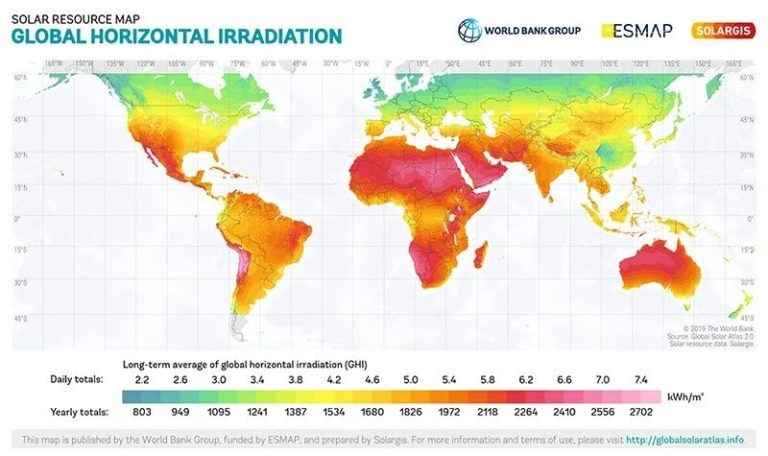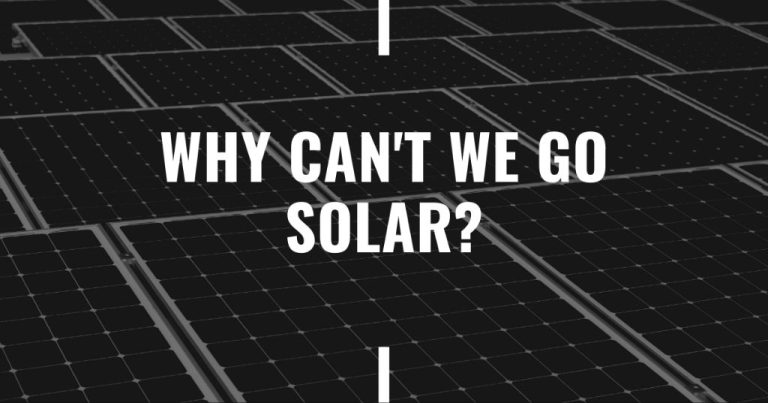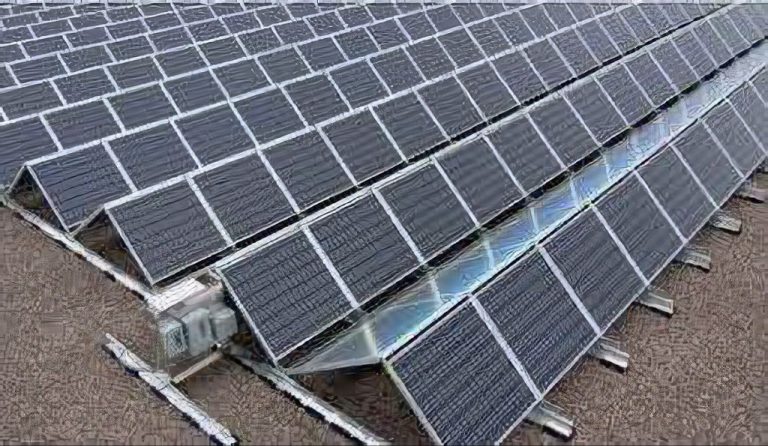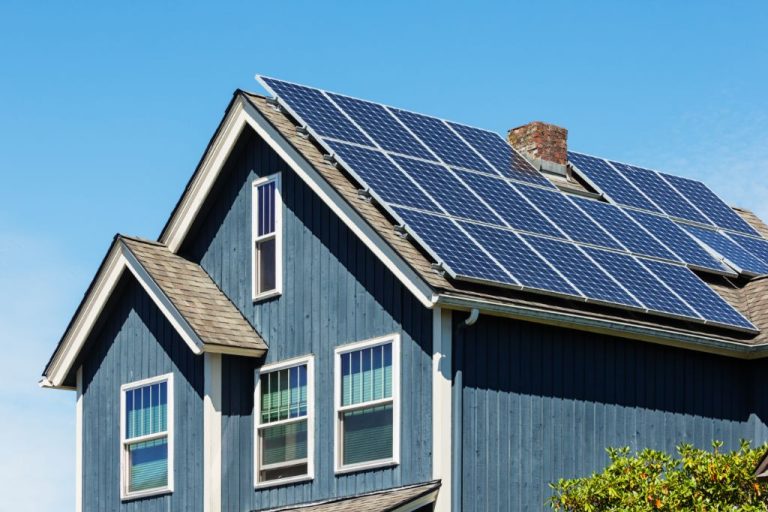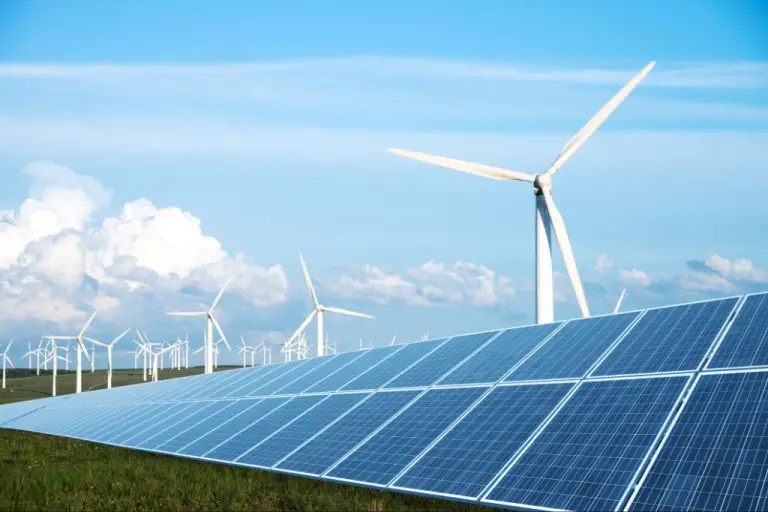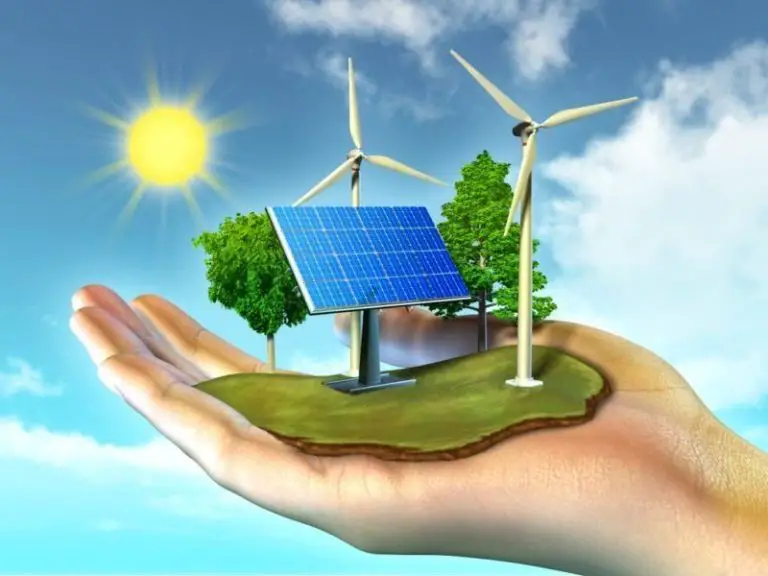Do Solar Panels Directly Power Your House?
Solar panels have become an increasingly popular way for homeowners to produce their own electricity. They work by absorbing sunlight and converting it into usable electricity through photovoltaic cells. But when installed on homes, do solar panels directly provide power the way traditional utilities do? Or is there more to the story?
In this article, we’ll examine how solar panels work, how they connect to the electrical grid, and whether or not they can directly power a house. The short answer is that while solar panels do generate electricity, most home installations are not completely autonomous. There is usually some interdependence with the traditional electrical grid.
How Solar Panels Work
Solar panels are made up of solar cells that convert sunlight into electricity. Solar cells are made from semiconducting materials like silicon that absorb photons from sunlight and release electrons, causing an electric current to flow when the solar cells are connected in a circuit.
Solar panels connect many solar cells together in a sheet. The more solar cells connected, the more electricity that can be produced. A typical residential solar panel may contain 60-72 solar cells.
The electricity generated by solar panels is direct current (DC). Since household appliances run on alternating current (AC), an inverter is used to convert the DC electricity from the solar panels into usable AC electricity that can power lighting, appliances, and electronics in a home.
Connecting to the Grid
Most solar systems connect to the electrical grid, which allows any excess solar power generated during the day to be exported back to the grid. This means your solar panels may produce more electricity than your home is using at any given moment. The excess solar electricity is pushed back onto the grid for your utility company to use elsewhere.
Connecting to the grid also allows you to import electricity from the grid when your solar panels aren’t producing enough to meet your home’s needs, such as at night. Essentially, your solar system can both take from the grid when needed, and give back to the grid when there’s excess solar power.
This ability to both export and import electricity is enabled by a special meter called a net meter. The net meter tracks how much electricity you’ve exported versus imported over time. Many homeowners with grid-connected solar systems pay only for their “net” energy use, hence the term net metering.
Net Metering
With net metering, excess solar power generated by the home’s solar panels goes back into the electrical grid. The homeowner receives credit for this excess electricity that is fed back into the grid. These credits can be used later when the home needs to draw power from the grid, such as at night or on cloudy days when solar panel output is reduced.
So with net metering, the solar panels do not directly power the home at all times. Instead, the home imports power from the electric grid when needed, and exports excess power back to the grid to earn credits. This allows the solar system to interact with the grid seamlessly.
Directly Powering the Home
Some homeowners choose to have a completely off-grid solar system that directly powers their home without any connection to the electrical grid. This allows their home to operate independently.
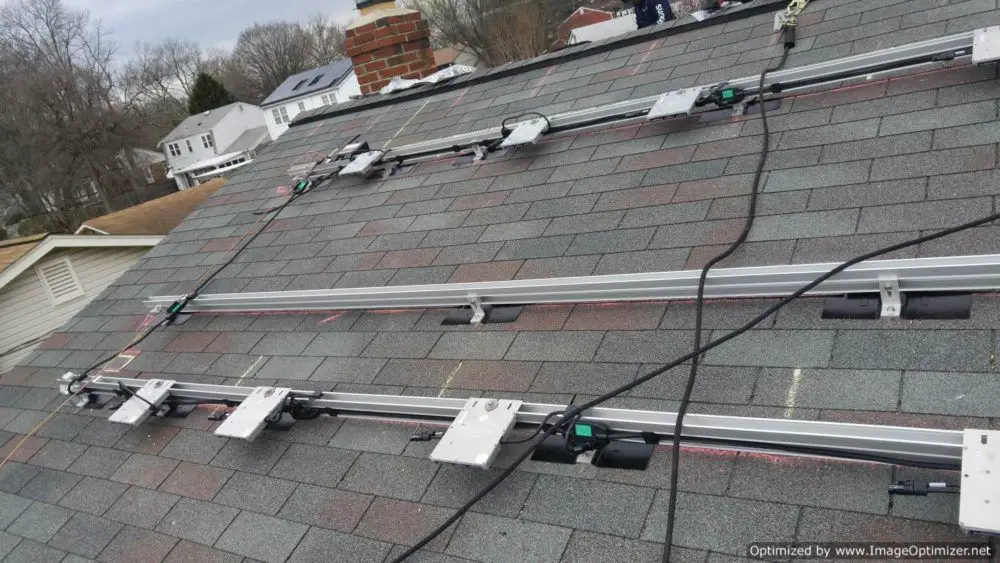
For a solar system to directly power a home, it must have battery storage to store excess solar energy during the daytime to provide power overnight and during cloudy weather when solar panels aren’t actively producing electricity. Batteries are charged up when solar panel production exceeds a home’s energy use. The stored energy in the batteries is then used when solar production falls short of the home’s needs.
These fully off-grid solar and battery systems provide 100% of a home’s electricity needs. They allow homeowners to live independently of the grid. However, off-grid solar systems require larger solar panel systems and more batteries, making them more expensive than grid-tied systems. But for some homeowners, the ability to disconnect from the grid makes an off-grid solar system worthwhile.
Hybrid Systems
Some solar panel systems are hybrid systems, meaning they both connect to the electrical grid and have battery storage. The solar panels charge a bank of batteries during the day. The batteries can then provide backup power to the home if the grid ever goes down. Even if the grid is working normally, the batteries allow the home to run on solar-generated electricity during peak hours when electricity from the grid is most expensive. So the batteries enable maximum savings.
During a power outage, the batteries can provide electricity to run critical loads in a home, like lights, refrigerators and electronics. Though they typically can’t power larger loads like HVAC systems, they can help keep essentials running for a while. Battery capacity ranges from about 5-15 kWh for most homes. The batteries also prevent any electricity from being fed back to the grid during an outage, which protects utility line workers.
Hybrid systems provide the best of both worlds: the cost savings and reliability of grid connection, plus the energy independence and backup power of battery storage. They allow homeowners to take more control over their electricity use and costs.
Solar Use in Homes
Solar panels provide a portion of a home’s total electric needs. The amount of electricity generated depends on several factors:
- System size – Larger solar panel systems can generate more electricity.
- Weather conditions – Solar panels produce more electricity on sunny days. Cloudy weather and winter months result in lower production.
- Electricity demand – The amount of electricity being used in the home affects how much of the demand solar can meet. During times of high electricity use, solar may only meet a smaller portion of the home’s needs.
For most homes, solar panels will not directly provide 100% of the electricity demand at all times. The solar system size is designed to optimize annual solar production against electricity needs. On a net annual basis, modern solar panel systems typically generate 20-40% of a home’s electricity use. During peak production times like summer afternoons, surplus solar electricity may exceed the home’s instantaneous needs.
Is the House Directly Powered?
Whether solar panels directly power a house depends on the system setup. Most residential solar systems are grid-connected rather than completely off-grid. With grid-connected systems, the solar panels do not directly power the home. Instead, any excess solar energy produced is fed back into the utility grid. The home draws power from the grid as needed, receiving credit through net metering for the solar energy exported. So in most cases, the solar panels are indirectly powering the home by offsetting grid electricity usage.
Off-grid solar systems with battery storage can directly power a home, separate from the grid. The solar panels charge batteries during the day, and the stored energy is used to power the home at night. So off-grid systems without any utility connection do allow solar panels to directly power the house. But these off-grid systems are less common in residential settings.
Hybrid systems are also an option, combining grid-connection with off-grid solar battery backup. So in certain scenarios a hybrid system may directly power the home’s critical loads during a grid outage. But generally, grid-connected systems do not directly power a house – the grid and net metering play an intermediary role.
Benefits of Solar
Installing solar panels can provide homeowners with several benefits beyond just powering their home. Here are some of the main advantages of going solar:
Reduced Electric Bills
One of the biggest perks of solar panels is the ability to reduce your monthly utility bills. Solar panels directly supply power to your home and offset electricity that would otherwise need to be purchased from your utility. This allows you to cut back significantly on your energy costs.
Clean Energy
Solar power generates electricity through a clean, renewable resource – the sun. This means solar energy production creates no carbon emissions or pollutants. Going solar allows homeowners to reduce their environmental footprint.
Energy Independence
With solar panels, you can produce your own electricity and reduce reliance on your utility provider. This gives homeowners increased control over their energy production and reduces vulnerability to grid outages or rising electricity rates. Solar promotes energy independence and security for households.
Conclusion
When looking at whether solar panels directly power a home, there are two main systems to consider – grid-connected systems which feed excess solar energy back to the utility grid, and off-grid systems which operate independently of the grid. Most residential solar installations are grid-connected. With these systems, the solar panels are tied into the grid and net metering allows any excess solar energy to flow back into the grid, spinning the home’s electricity meter backwards. This enables solar homeowners to get credit for their renewable energy production. So while grid-connected systems don’t directly power a home 100% of the time, they can greatly reduce overall electricity costs through net metering. Off-grid systems operate independently of the utility grid and require battery storage to provide power when solar production is low. These directly power a home around the clock. In summary, most homes with solar are connected to the grid and utilize net metering, rather than being directly powered by the solar panels alone. While not as clean as off-grid solar, grid-connected systems provide a good balance of clean energy and grid reliability for many homeowners.

